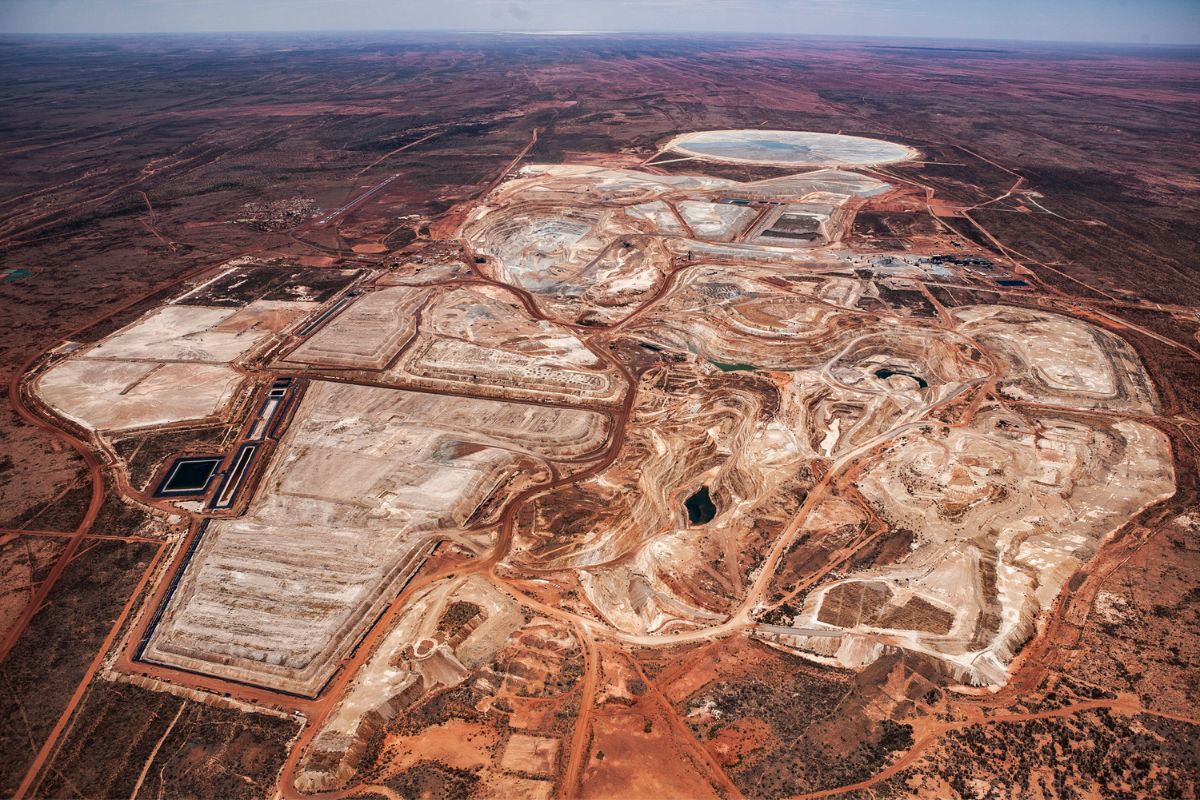
Soil erosion is a natural process that has been significantly accelerated by human activities, leading to severe environmental and economic consequences. Understanding the different types of soil erosion is crucial for developing effective strategies to mitigate its impact. This blog post will explore various types of soil erosion, their causes, effects, and potential control measures.
Sheet erosion is the removal of a thin layer of soil over a large area by raindrop impact and surface water flow.
Rill erosion occurs when surface water runoff forms small channels, typically a few centimeters deep, which erode the soil further.
Gully erosion is the removal of soil along drainage lines by surface water runoff, leading to the formation of large, deep channels.
Wind erosion is the detachment and transport of soil particles by the wind, particularly in arid and semi-arid regions.
Splash erosion occurs when raindrops hit the soil surface with enough force to detach and displace soil particles.
Streambank erosion is the wearing away of soil from the banks of streams and rivers, primarily due to water flow and wave action.
Coastal erosion is the loss of coastal land due to the action of waves, tides, and currents.
Effective soil erosion control is vital for maintaining soil health, ensuring agricultural productivity, and protecting water quality. It also plays a significant role in mitigating the impacts of climate change and preserving biodiversity. Implementing best practices for soil conservation can lead to sustainable land use and long-term environmental benefits.
Understanding the various types of soil erosion and their specific causes, effects, and control measures is essential for developing effective strategies to mitigate their impact. By adopting sustainable land management practices and investing in soil conservation technologies, we can protect our valuable soil resources and ensure a healthier environment for future generations.
Dust suppression is a critical issue in the world of mining and resources.
Learn more about GRT’s industry-leading and IoT-connected SMART Dosing Units, and discover how we’re driving better dust suppression solutions.
If you’d like to talk with an expert, simply contact us.
Your feedback matters to us.
If you enjoyed reading this Global Road Technology industry update, please let us know by leaving a REVIEW.
Are environmental regulations, health and safety concerns or potential profit loss a concern right now?
Contact Us Now